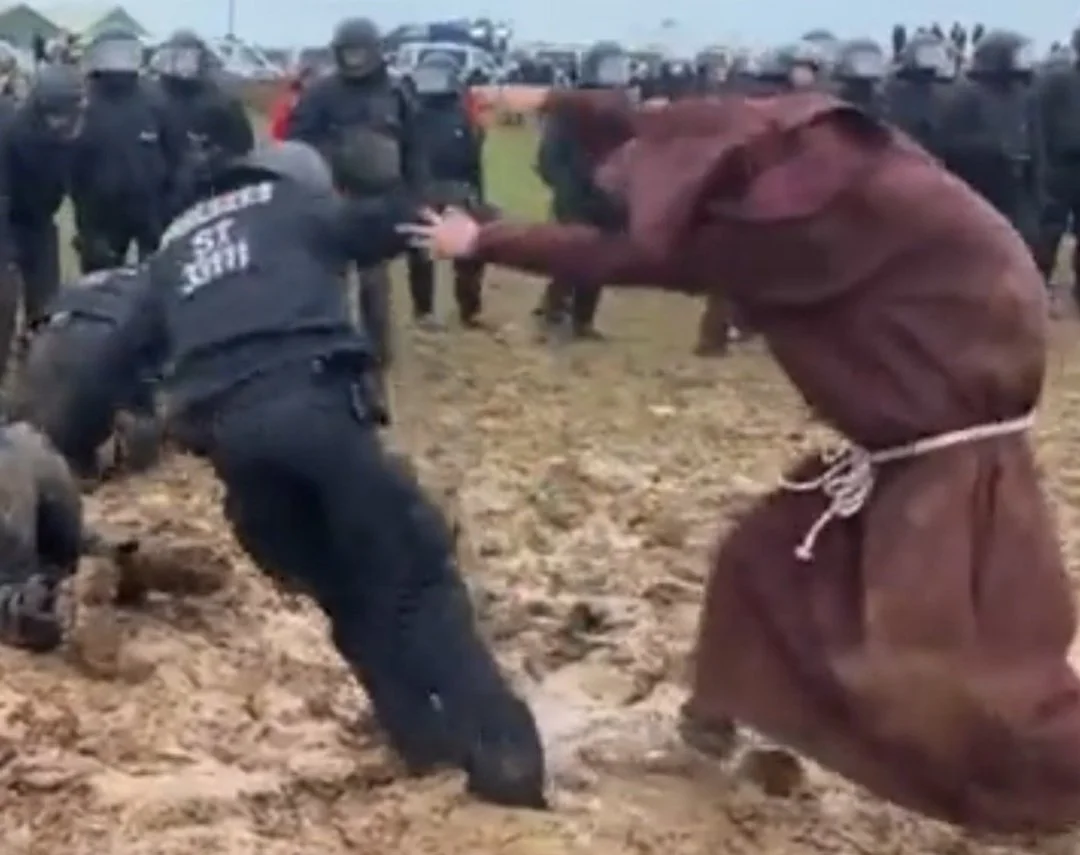Southern and eastern Europe will continue to experience a heatwave throughout much of this week, with daytime temperatures across the Balkans widely reaching the high 30s to low 40s celsius; more than 7C above the seasonal norm. Night-time temperatures will also remain elevated, often well into the 20Cs.
And in densely urbanised areas such as Athens, Greece, night-time temperatures are forecast at or above an uncomfortable 30C due to the urban heat island (UHI) effect. During a heatwave, the UHI effect intensifies urban temperatures because heat-absorbing materials, reduced vegetation and human activities retain the sun’s warmth overnight, which leads to increased health risks and energy demands.
The national weather services of several countries have issued excessive heat warnings and heat advisories for this week. The intense heat is expected to gradually subside towards the end of the week, with thunderstorms and cooler conditions anticipated across the Balkans by the weekend.



This is the best summary I could come up with:
Southern and eastern Europe will continue to experience a heatwave throughout much of this week, with daytime temperatures across the Balkans widely reaching the high 30s to low 40s celsius; more than 7C above the seasonal norm.
And in densely urbanised areas such as Athens, Greece, night-time temperatures are forecast at or above an uncomfortable 30C due to the urban heat island (UHI) effect.
During a heatwave, the UHI effect intensifies urban temperatures because heat-absorbing materials, reduced vegetation and human activities retain the sun’s warmth overnight, which leads to increased health risks and energy demands.
The intense heat is expected to gradually subside towards the end of the week, with thunderstorms and cooler conditions anticipated across the Balkans by the weekend.
Officials are also warning about an increased wildfire risk due to prolonged dry and warm conditions coupled with low humidity levels.
Greek officials have indicated the country is experiencing its most severe wildfire risk in two decades this summer, after a mild and predominantly dry winter and spring, which have rendered vegetation extremely flammable.
The original article contains 408 words, the summary contains 175 words. Saved 57%. I’m a bot and I’m open source!